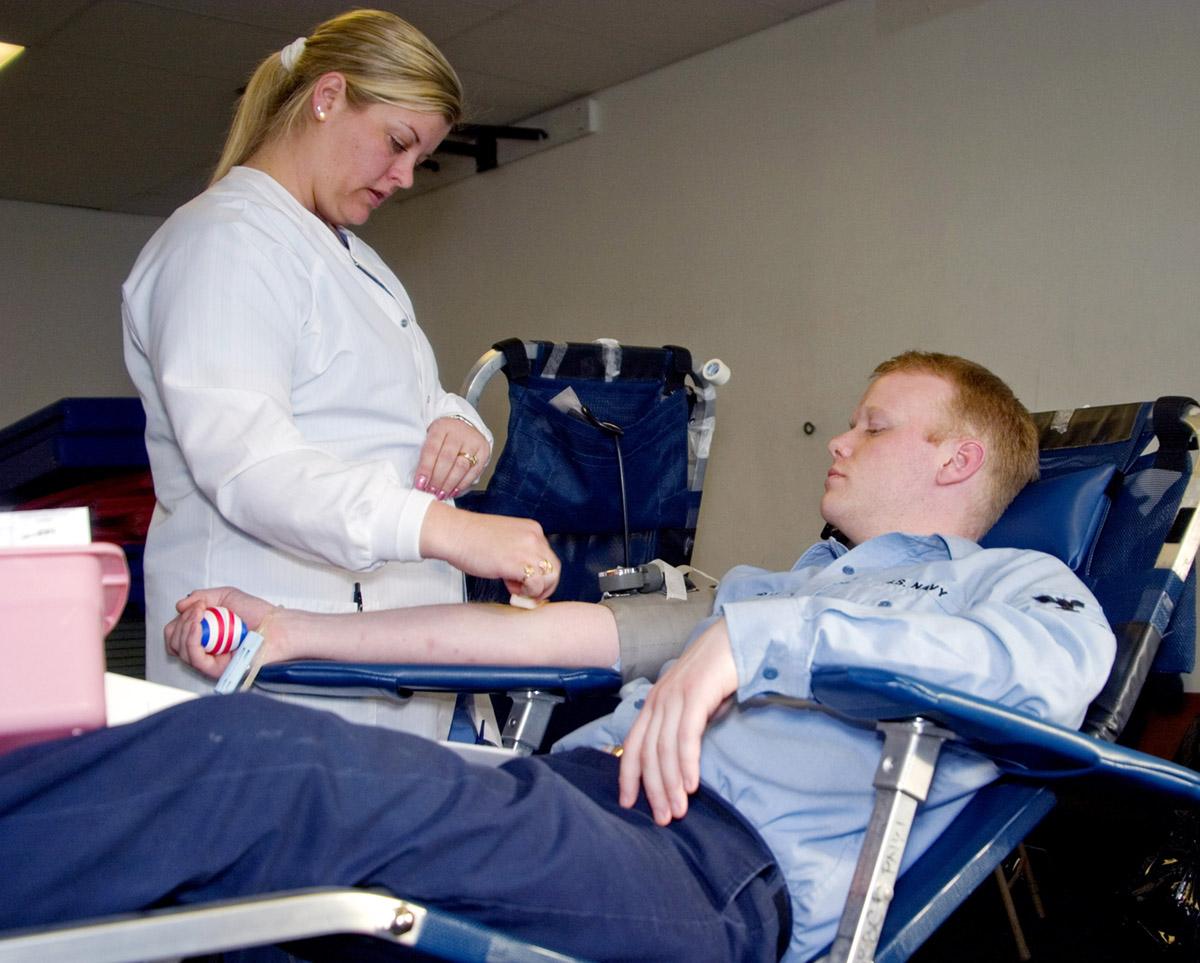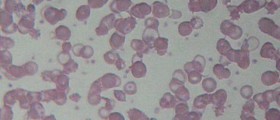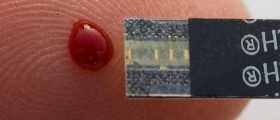
Too much iron in the body is usually found in a disease called hemochromatosis. Primary form of the illness is genetically predisposed and secondary hemochromatosis is mostly caused by anemia, abuse of alcohol and some other conditions. This illness can present itself in babies and teenagers even young people and these cases have severe consequences.
Hemochromatosis is caused by over-absorption and over-storing of the iron in the body, resulting in liver, heart and pancreas storage and then serious problems with these organs. In normal conditions, a healthy person use 10% of iron from the food. In hemochromatosis that percent goes up to 30, and could go to more than 200%.
The illness might be caused by genetic disorder. Mutation of the genes, such as HFE and hemojuvelin, leads to primary, neonatal and juvenile cases of hemochromatosis. 0,5% of Americans are at risk of developing this illness. It is more common to Caucasians and people of African, Asian, Hispanic origin, or Native Americans are less likely to inherit the disease.
Common symptoms of hemochromatosis are joint pains, tiredness, decreased libido, heart problems and stomach pain, but some of the patients don’t have any symptoms at all. Untreated hemochromatosis may affect the joints, leading to arthritis, create serious liver, pancreas and heart issues, impotence, premature menopause, gray or bronze skin coloration, problems with thyroid and adrenal glands.
Diagnosis is confirmed with routine blood tests, showing the levels of iron in the blood. Transferrin saturation over 45% and high levels of ferritin are the reason for a specialist to make a HFE mutation detection test, to confirm the illness. Sometimes it is necessary to do further tests to check the possible iron damage to the liver. It is not unusual that the illness remains unnoticed and untreated. Most of the early symptoms are indecisive and doctors could treat the symptoms such as arthritis or organ problems not realizing the proper cause. Usually the disease is treatable and doesn’t affect a patient’s life, except in severe cases when hemochromatosis has already damage liver, heart or pancreas. The prognosis depends on the degree of the damaged organ. Complicated cases of the disease are treated in specialized hemochromatosiscenters.
The treatment for hemochromatosis is called phlebotomy. That’s an easy, safe and inexpensive process, which includes draw of pint or more blood from the patient, once or two times per week and controls of ferritin. The goal of the process is to bring ferritin levels to normal (25-50 micrograms per liter). Usually, hemochromatosis patients give a pint of blood every 2 to 4 months all their life. Most of the symptoms disappear after the removal of excessive iron, but the arthritis stays for good.
Patients with hemochromatosis should not take iron or supplements of vitamin C. Raw seafood and alcohol may affect the damaged liver, so they should be avoided in patients with liver complications.
Immediate family of the hemochromatosis patients (parent, children and close relatives) should test their blood to see if they are carriers or have the disease. Doctors recommend blood tests for hemochromatosis to patients with arthritis increased levels of liver enzymes, diabetes, severe tiredness and impotence.

















Your thoughts on this
Loading...